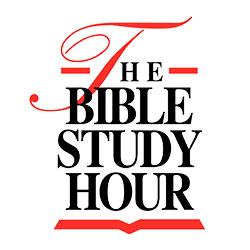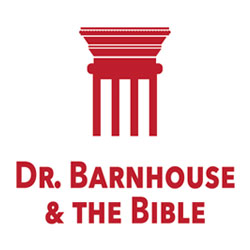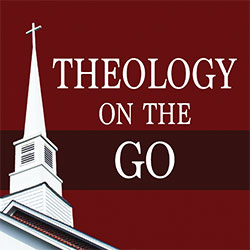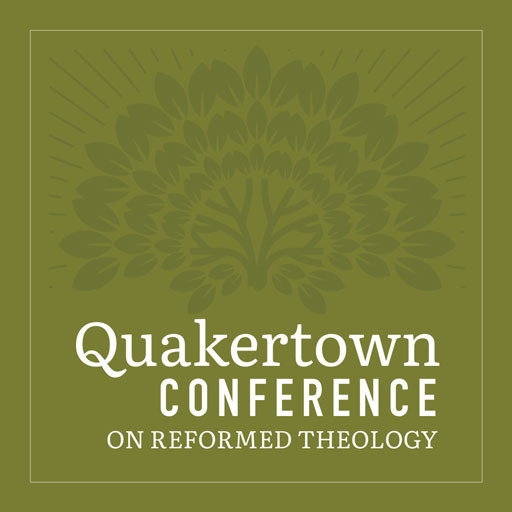
Selina Hastings, Countess of Huntington
Selina Hastings, Countess of Huntington
“And what if you save (under God) but one soul?”[1]
This question, addressed to a still hesitant John Wesley, is a good summary of the life goal and drive of Selina Hastings, countess of Huntingdon.
Selina’s Early Life
Born in 1707 to an upper-class family in Northamptonshire, England, Selina faced challenges from an early age. She was only six when her parents separated over issues of money and alleged infidelity. She and her older sister Elizabeth stayed with their father, rejecting her mother’s claims over the family’s estate. Only after her mother’s death, Selina extended her assistance to her younger sister Mary, who had lived with their mother.
Selina’s marriage, at 21 years of age, to Theophilus Hastings, ninth earl of Huntingdon, brought her much happiness. Her letters reveal her love for her husband and their seven children, all born within the first ten years of marriage. But this early joy was marred by persistent health problems that forced Selina to spend much time at the thermal springs of Bath. She profoundly disliked the decadence of the place and missed her family, yearning to return home.
This dissatisfaction was only one aspect of her overall discontent. Amid problems of various kind, she was mostly dissatisfied with herself, a feeling that didn’t find relief in the Christianity she tried to live out in church attendance and charitable acts. What she lacked was a clear understanding of the gospel of grace.
From an early age, when the sight of a child in an open casket impressed on her the nearness of death, Selina had tried to live a godly life, but had felt increasingly inadequate. It was only in 1739 that her sister-in-law Margaret explained how she had finally found peace and assurance by simply believing that Christ had won the battle she had tried so hard to fight. Margaret directed Selina to some young pastors who were known by the disparaging name of Methodists. Selina thrived under their preaching.
Developments in Selina’s Theology
The countess’s sudden turn to Methodism was seen with disapproval by many of her relatives, who considered these preachers fanatic. Seven years later, her daughter Elizabeth, then 15, complained that her mother had become “righteous overmuch.”[2]
But Selina persisted. John and Charles Wesley became some of her closest friends and she supported their ministry. It was around this time that she encouraged John Wesley to preach to the miners near her home. To his objection, “Have they no churches and ministers already?” she replied, “They have churches, but they never go to them! And ministers, but they seldom or never hear them! Perhaps they might hear you.”[3]
John followed her advice in 1742, beginning a ministry that revolutionized his views and methods of preaching.
Eventually, Selina turned away from some of John Wesley’s teachings, particularly his belief that Christians can reach and must strive for perfection in this life. This doctrine, she felt, was driving her away from the assurance she had found in the simple message of salvation by faith alone. Because of this, she developed closer ties George Whitefield, who had also diverged from John Wesley on other issues, such as predestination. She appointed Whitefield as her chaplain in 1748.
Hard Providence
This change in her theology followed a difficult time of her life, when two of her children died of smallpox and, three years later, her husband died of a stroke. More than ever, she needed to hear the good news of the gospel, free from any condition.
But her trials didn’t stop. In 1758, her son Henry died of a mysterious illness which had deprived him of his sight. In 1763, her daughter Selina died of a violent fever. Throughout this trying time, she found much comfort in the words of preachers who had become her close friends, such as Howell Harris, John Berridge, John Fletcher, and William Romaine.
At one point, she confessed to Harris that she wondered if she should just give up her activities and live a life of solitude and meditation. He advised her to continue what she was doing, and “fill her place … whilst she felt she was able to be faithful and felt the Lord with her.”[4]
But the greatest comfort might have come from the expressions of faith of some of her dying children. Soon before leaving this world, 26-year-old Selina told the distressed countess, “My dear mother, why not now? The Lord can make me ready for Himself in a moment and if I live longer, I may not be better. I am a poor creature. I can do nothing myself. I only hope you will be supported.”[5]
A College and Many Chapels
The more Selina let go of her earthly ties (only her daughter Elizabeth outlived her), the more she poured her life in the spreading of the gospel. As the Church of England tightened its rules in preventing dissenters from obtaining a license to preach, she found a loophole in the legislation by calling preachers to minister in her private chapels, which was allowed. She stretched however the rule by enlarging her chapels and inviting thousands to attend the services. By the end of her life, she had 64 chapels registered under her name.
But dissenting preachers faced another obstacle. Struggling to find admission to most colleges and seminaries, they lacked in proper education. Selina sought to remedy this too, by opening her own school, Trevecca College, in a renovated farmhouse. The college opened in 1768, with John Fletcher as principal. Selina spent much time at the college, following the strict daily schedule and caring for the students as if they were her own sons.
Bethesda Orphanage
Having to do with sinners, even the best-meaning programs for church expansion and pastoral training can be fraught with problems. In Selina’s case, the frequency and seriousness of these problems became particularly burdensome, due to her leading role over a large number of ministries.
Some troubles were caused by misconduct. For example, in 1768, Selina had to purchase a property to remove a scandal involving two of her clerics who were accused of simony. But a much greater difficulty occurred in the Bethesda Orphanage in the American colony of Georgia – an institution Selina inherited from Whitefield at his death.
Eager to continue the work started by her dear friend, Selina placed one of her clergymen, William Piercy, to oversee the orphanage, with the help of a team of students from her college. Being geographically distant, Selina could not see first-hand how Piercy ran the place and continued to support him in spite of numerous letters from her students who complained of his dictatorial attitude and utter neglect of both the institution’s upkeep and the basic needs of anyone who lived there.
Selina kept supporting the mission in spite of this and many other drawbacks, including the negative opinion American dissenters had of the enterprise and a devastating fire that destroyed the building. Some suspected arson.
She kept going even during the Revolutionary War. In fact, she had a vision of establishing a college for Native Americans, and asked George Washington for his support.
Her aspirations began to crumble when Piercy returned to England in 1779, amid reports of fraudulent actions. To make things worse, he asked the countess to compensate him for the time he had spent at Bethseda, and went as far as taking the matter to arbitration. Eventually, the newly formed government of Georgia confiscated her property and closed Bethseda.
Divisions and Secession
Other troubles were caused by diverging opinions, such as the division that took place in her college when John Wesley published the Minutes of his 1770 annual conference in London. Wesley stated the necessity of good works in a way that sounded troublingly Arminian.
Interpreting it as such, Selina required that her college students and teachers denounce the document. John Fletcher, who had been leading the college without frictions in spite of his Arminian leanings, was compelled by his conscience to resign. Selina never found an equally capable director. Because of this, she assumed even more responsibilities. In 1784, she admitted she was “ready to faint under such as the prospect of so much labor.”[6]
One of her most difficult decisions, however, was her separation from the Church of England – something she had never wanted to do. It was almost inevitable, given the opposition of many bishops to her chapels. Eventually, a bishop was able to move the arm of the law against them, forcing their closure.
Running out of options, Selina had no choice but to leave the Church of England and start her own denomination, “the Countess of Huntington’s Connexion.” Only then she was able to allow dissenting preachers to use her chapels to preach to thousands.
Selina died in 1791 from respiratory complications and was buried next to her husband. She had no money to leave behind (in fact, she was in debt), having spent everything she owned for the furthering of the gospel. Some of her chapels continued into the twenty-first century.
Selina was and is still a controversial figure. She has been accused of being domineering, sometimes irascible, and taking too much responsibility on herself. Her acceptance of slavery (she purchased slaves to work at Bethseda) at a time when many Christians in England were raising their voices against it has raised additional criticism.
Her letters reveal a woman focused on a single goal – the spreading of the gospel for the salvation of souls – and yet often conflicted and dependent on prayer and the encouragement and advise of her friends.
She remains a towering figure in eighteenth-century Christianity, not only in England, but in many countries where she sent missionaries or supported preachers.
[1] John Wesley, The Letters of the Rev. John Wesley (London: Epworth, 1960), 2:15
[2] John Wesley, The Letters of the Rev. John Wesley (London: Epworth, 1960), vol. 4, quoted in Priscilla Wong, The Bold Evangelist, (Peterborough, Ontario, Canada: H&E Publishing, 2021), 30.
[3] John Wesley, The Letters of the Rev. John Wesley (London: Epworth, 1960), 2:15
[4] Faith Cook, Selina, Countess of Huntington, (Banner of Truth Trust), 2011, 130
[5] John R. Tyson with Boyd S. Schlenther, In the Midst of Early Methodism: Lady Huntingon and Her Correspondence, (Lanham, Maryland: The Scarecrow Press, Inc., 2006), 103
[6] John R. Tyson with Boyd S. Schlenther, In the Midst of Early Methodism: Lady Huntingon and Her Correspondence, (Lanham, Maryland: The Scarecrow Press, Inc., 2006), 230

























